-37%
Gunja Mala (गुंजा माला )
₹190.00Current price is: ₹190.00. Original price was: ₹300.00.
गुंजा या रत्ती (Coral Bead) लता जाति की एक वनस्पति है। गुंजा के फूल सेम की तरह होते हैं। शिम्बी का आकार बहुत छोटा होता है, परन्तु प्रत्येक में 4-5 गुंजा बीज निकलते हैं
गुंजा के बीज का प्रयोग आयुर्वेदिक, तांत्रिक और इसके बीजों की माला या हाथ के कड़े बना कर बच्चो को पहनाया जाता है | शिशु बीमार न पड़ें इसके लिए नानी/दादी इनके बीजों की करधनी बना कर पहनाती हैं | भगवान् श्री कृष्ण को भी गुंजा की माला अत्यंत प्रिय है तथा भक्त उन्हें भी इसकी माला पहनाते है | गुंजा के ११ /२१/५१ /१०१ दाने धनतेरस के दिन नागकेसर ,कौड़ी ,गोमतीचक्र और कमलगट्टे के बीज के साथ तिजोरी या गल्ले में रखने की रीती है जिससे समृद्धि होती है |
Gunja (Coral Bead ) Mala of 108 + 1 Beads for Pooja and Jap or for wearing of Lord Krishna.
The Abrus precatorius plant has been used in Ayurvedic medicine from very early times, as well as in China and other ancient cultures. The seeds were formerly used in India to weigh gemstones( they are very uniform in size, a single seed equal to 1.75 g or 1 carat ) and in fact, the Kohinoor diamond was first weighed by this means. In parts of India, necklaces/Bracelets of the seeds were traditionally made for infants to wear as protection against illness. They are very attractive and hence are popular as jewelry, in rosaries.
गुंजा या रत्ती (Coral Bead) लता जाति की एक वनस्पति है। गुंजा के फूल सेम की तरह होते हैं। शिम्बी का आकार बहुत छोटा होता है, परन्तु प्रत्येक में 4-5 गुंजा बीज निकलते हैं
गुंजा के बीज का प्रयोग आयुर्वेदिक, तांत्रिक और इसके बीजों की माला या हाथ के कड़े बना कर बच्चो को पहनाया जाता है | शिशु बीमार न पड़ें इसके लिए नानी/दादी इनके बीजों की करधनी बना कर पहनाती हैं | भगवान् श्री कृष्ण को भी गुंजा की माला अत्यंत प्रिय है तथा भक्त उन्हें भी इसकी माला पहनाते है | गुंजा के ११ /२१/५१ /१०१ दाने धनतेरस के दिन नागकेसर ,कौड़ी ,गोमतीचक्र और कमलगट्टे के बीज के साथ तिजोरी या गल्ले में रखने की रीती है जिससे समृद्धि होती है |
विभिन्न भाषाओं में नाम
- अंग्रेजी :Coral Bead
- हिन्दी : गुंजा, चौंटली, घुंघुची, रत्ती
- संस्कृत : सफेद केउच्चटा, कृष्णला, रक्तकाकचिंची
- बंगाली : श्वेत कुच, लाल कुच
- मराठी : गुंज
- गुजराती : धोलीचणोरी, राती, चणोरी
- तेलगू :गुलुविदे
- फारसी : चश्मेखरुस
| Weight | 13 g |
|---|---|
| Dimensions | 38 cm |



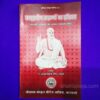

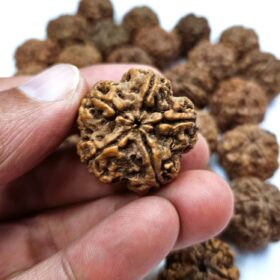

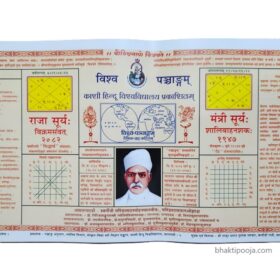

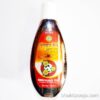


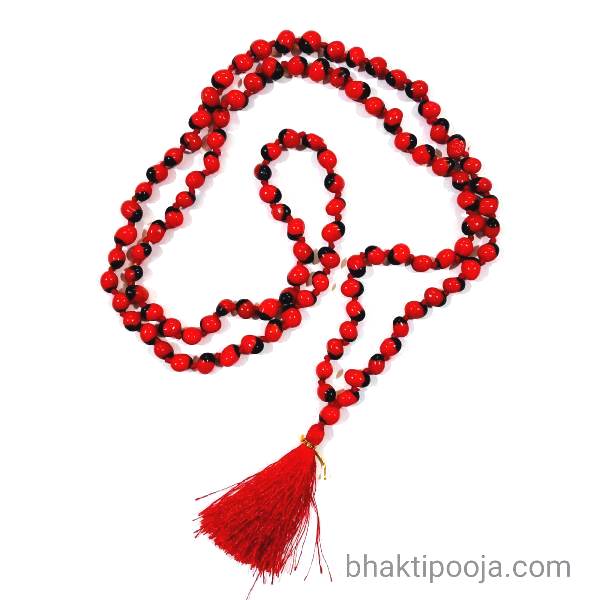



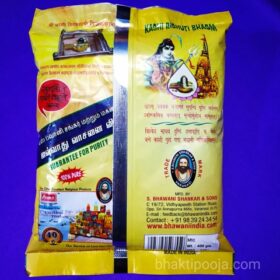










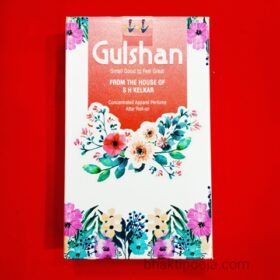
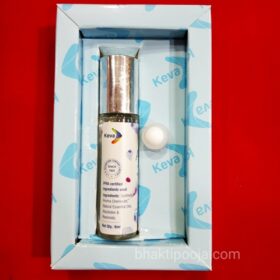
Reviews
There are no reviews yet.